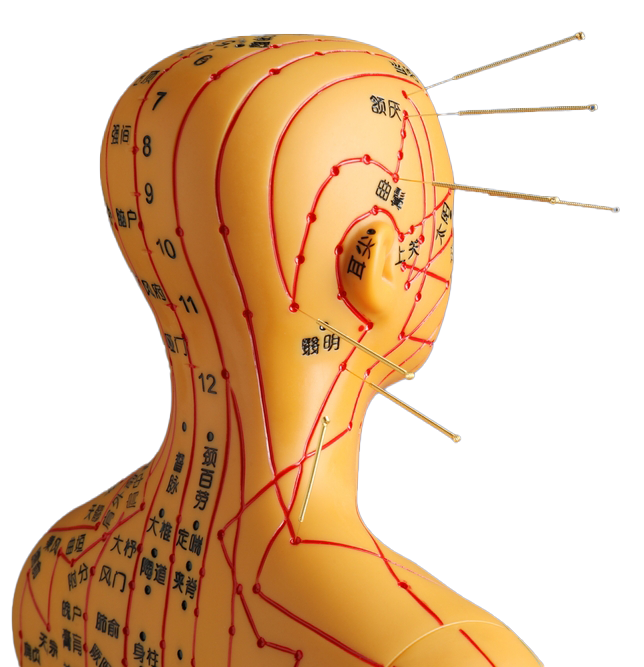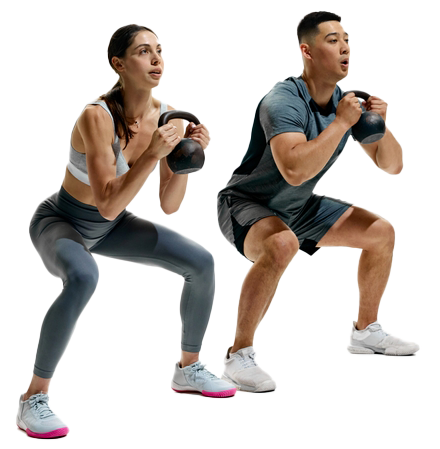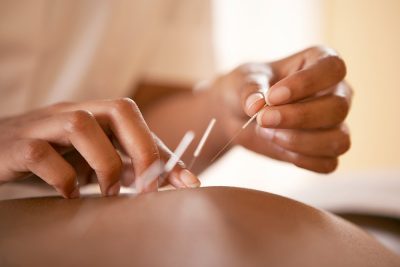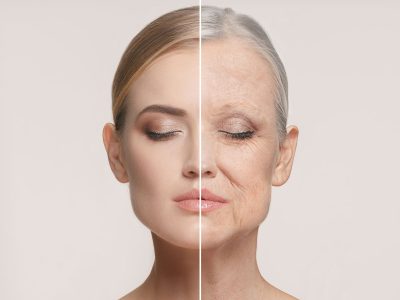- Facet joint Radiofrequency Thermocoagulation (RFT) Treatment
- Radiofrequency Thermocoagulation Dorsal root ganglion (DRG) radiofrequency thermocoagulation (RFT)
- Discitis Procedure
- Sacroiliac Joint Radiofrequency Treatment (Simplicity)
- In-Disc Ozone Therapy
- Nucleoplasty
- Transforaminal Injection (Pinpoint)
- Facet joint block
- Epidural Injection
Mesotherapy
- Home
- Complementary Medicine Methods
- Mesotherapy
Contents
Toggle- Creating an individualised treatment plan
- The role of different specialities (physiotherapist, orthopaedist, psychologist, neurosurgeon)
- Pain treatment during pregnancy
- Treatment of chronic pain in the elderly
- Pain management in children
- Stress management
- Healthy eating
- Ergonomic living arrangements
- Exercise and mobility
- Facet joint Radiofrequency Thermocoagulation (RFT) Treatment
- Radiofrequency Thermocoagulation Dorsal root ganglion (DRG) radiofrequency thermocoagulation (RFT)
- Discitis Procedure
- Sacroiliac Joint Radiofrequency Treatment (Simplicity)
- In-Disc Ozone Therapy
- Nucleoplasty
- Transforaminal Injection (Pinpoint)
- Facet joint block
- Epidural Injection
- Cancer pain
- Permanent Epidural / Spinal Port Application
- Vascular Port (Permanent Vascular Access)
- Trigeminal Nerve RFT
- Blockade of Ganglion Stellatum
- Lumbar Sympathetic Ablation
- Facet joint Radiofrequency Thermocoagulation (RFT) Treatment
- Radiofrequency Thermocoagulation Dorsal root ganglion (DRG) radiofrequency thermocoagulation (RFT)
- Hernia Burning (IDET)
- Discitis Procedure
- Sacroiliac Joint Radiofrequency Treatment (Simplicity)
- Permanent Epidural / Spinal Port - Pump System
- In-Disc Ozone Therapy
- Nucleoplasty
- Peripheral Nerve Block
- Transforaminal Injection (Pinpoint)
- Facet joint block
- Epidural Injection
- Intra-articular Fluid Treatment
- Dorsal root ganglion (DRG) radiofrequency thermocoagulation (RFT)
- Spinal cord stimulation (pain pacemaker)
- Ergonomic living arrangements
- Spinal cord stimulation (pain pacemaker)
- Nucleoplasty
- Radiofrequency ablation
- Herbal solutions
- Dry needle treatment
- Anti-ageing treatments
- Ozone therapy
- Cupping therapy - Cupping
- Mesotherapy
- Prolotherapy
- Acupuncture
- Stem Cell Therapy
- Nerve blockages
- Corticosteroid injections
- Massage and relaxation techniques
- Manual therapy
- Electrotherapy
- Neuropathic pain medications
- Anti-inflammatory drugs
- Muscle relaxants
- Painkillers (paracetamol, ibuprofen, etc.)
What is Mesotherapy?
Mesotherapy, subcutaneous tissue vitamins, minerals, amino acids, enzymes, drugs or other bioactive substances by injection is a treatment and aesthetic application based on the principle of injection. Mesotherapy, first described by Dr Michel Pistor in France in the 1950s, is now used in many areas such as pain management, cellulite treatment, hair loss control and skin rejuvenation. The aim is to achieve faster and more effective results by injecting active substances directly into the problem area.
In Which Situations Is Mesotherapy Used?
- Skin Rejuvenation (Anti-Aging):
- Removal of wrinkles and fine lines
- Increasing skin elasticity
- The skin looks brighter and fresher
- Cellulite and Regional Lubrication:
- Fat accumulation especially in the leg, hip, abdomen and arm areas
- Reducing the appearance of "orange peel" by strengthening the connective tissue under the skin
- Hair Loss and Improving Hair Quality (Trichological Mesotherapy):
- Strengthening existing hair follicles
- Protection against spillage
- Nourishment of weak and lifeless hair
- Pain and Musculoskeletal System Problems:
- In some chronic pain conditions (e.g. low back, neck, shoulder pain)
- Supportive therapy for joint or connective tissue problems
- Wound and Stretch Mark Treatment:
- Stretch marks on the abdomen after childbirth
- Stretch marks during weight gain or growth
Note
Mesotherapy is a widely used method for both treatment and aesthetic purposes. Application areas may vary according to the substances used, personal needs and the approach of the specialist.
How Does Mesotherapy Work?
- Target Orientated Approach: Substances injected with a needle around the problem area minimise the side effects of systemic drug use by acting locally.
- Improving Blood Circulation: Especially in cellulite and skin regeneration, it improves the nutrition of tissues by stimulating circulation.
- Tissue Repair and Collagen Production: Vitamins, minerals and amino acids stimulate collagen and elastin production in the skin and support the tightening and rejuvenation process.
- Breakdown of Fat Cells: Substances designed for regional fat burning (lipolytic agents) act on fat cells, helping them to break down and be metabolised by the body.
How is Mesotherapy Application Performed?
- Evaluation and Preparation:
- A specialist physician or a competent aesthetic practitioner examines the skin structure or problematic area of the person.
- The person's general health status, allergy history, expectations and the substances to be used are reviewed.
- Skin Cleaning and Local Anaesthesia:
- The application area is disinfected.
- Depending on the sensitivity, discomfort can be minimised with local anaesthetic cream or cold compresses.
- Injection Phase:
- Thin and short needles are used to inject the target area in large numbers and in small volumes.
- The cocktail used may be specially prepared according to the problem (vitamins, lipolytic agents, hyaluronic acid, etc.).
- Session duration may vary between 15-30 minutes depending on the size of the targeted area.
- Aftercare:
- Blood circulation in the application area can be supported with light massage or skin care products.
- It is recommended to avoid hot baths, intense exercise or saunas in the first few days.
A programme of 4-10 sessions can be planned according to current complaints and goals.
Advantages of Mesotherapy
- Direct Impact: Fast results can be observed thanks to injection into the problem area.
- Personalised Content: Target-orientated treatment with tailor-made solutions.
- Not Surgical It is possible to get aesthetic and therapeutic results without fear of surgery or long recovery times.
- Secure Implementation: It is safe and has minimal side effects when performed under appropriate conditions in expert hands.
Side Effects and Cautions
Although mesotherapy is generally a safe method, some side effects may occur:
- Redness and swelling in the application area: It usually regresses within a few hours or 1-2 days.
- Bruising and tenderness: Bruises may appear at the injection points in people with sensitive skin.
- Risk of Allergic Reaction: Allergy may rarely develop against the substances used. Therefore, allergy history must be shared.
- Possibility of Infection: It must be applied in a sterile environment and with disposable needles; otherwise there may be a risk of infection.
Note
In special cases such as pregnancy, breastfeeding, active infections, severe heart or diabetes, coagulation disorders, mesotherapy should be postponed or avoided altogether. Individual risks should be evaluated by providing detailed information to the physician.
To whom is mesotherapy not applicable?
- Pregnant and Nursing Mothers: Not recommended to avoid adverse effects on the baby.
- People with Severe Diseases: A physician should be consulted in cases of cancer, advanced cardiovascular disease, uncontrolled diabetes or hypertension.
- People with infectious and inflammatory skin diseases: If there is an active skin problem such as eczema, acne, fungus in the application area, the treatment is postponed.
- People with Bleeding-Coagulation Disorders: In the presence of blood thinners or serious coagulation problems, specialist control is essential.
Frequently Asked Questions
Is it a Painful Procedure?
For most people, it consists of a slight stinging or burning sensation. The pain is usually tolerable with local anaesthetic creams.
When is the effect seen?
A slight improvement can be noticed after the first session; however, permanent and significant results appear after 3-4 sessions.
What are the Session Intervals?
It is usually planned 7-15 days apart. The duration of treatment may vary according to the needs of the person and the application area.
Is it a permanent solution?
Mesotherapy is a supportive treatment; a single session or short-term applications do not provide absolute permanence. With regular care and lifestyle changes, the results can be maintained for a longer period of time.
What should be done after treatment?
It is important to protect from the sun, to consume plenty of water and not to neglect the care recommended by the physician. Excessive exercise and hot environments (sauna, solarium, etc.) are not recommended in the first few days of treatment.
For most people, it consists of a slight stinging or burning sensation. The pain is usually tolerable with local anaesthetic creams.
A slight improvement can be noticed after the first session; however, permanent and significant results appear after 3-4 sessions.
It is usually planned 7-15 days apart. The duration of treatment may vary according to the needs of the person and the application area.
Mesotherapy is a supportive treatment; a single session or short-term applications do not provide absolute permanence. With regular care and lifestyle changes, the results can be maintained for a longer period of time.
It is important to protect from the sun, to consume plenty of water and not to neglect the care recommended by the physician. Excessive exercise and hot environments (sauna, solarium, etc.) are not recommended in the first few days of treatment.
Conclusion
Mesotherapy is a local and targeted method that is used both in the aesthetic field and in medical applications such as pain management. It aims to get fast results thanks to injections made with thin needles. It can be safe and effective in suitable candidates when applied under professional and sterile conditions. If you are looking for a non-surgical option for skin regeneration, cellulite treatment, hair loss, mesotherapy is one of the treatment alternatives that you should consider in consultation with a specialist physician.
Our treatments
- Home
- Complementary Medicine Methods
- Mesotherapy





